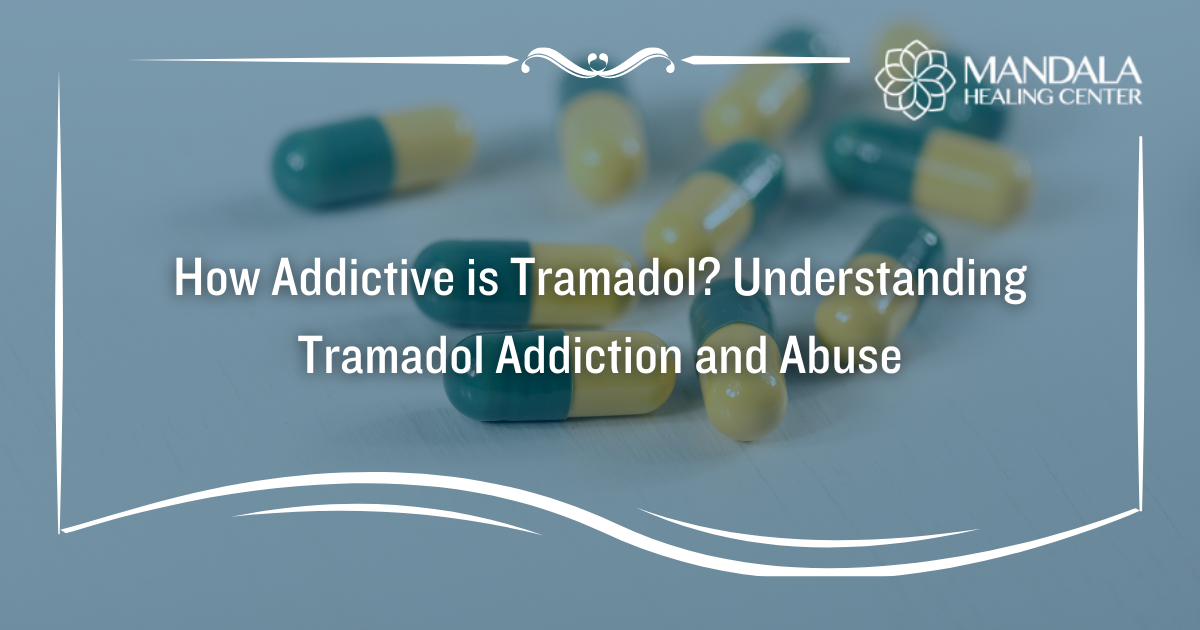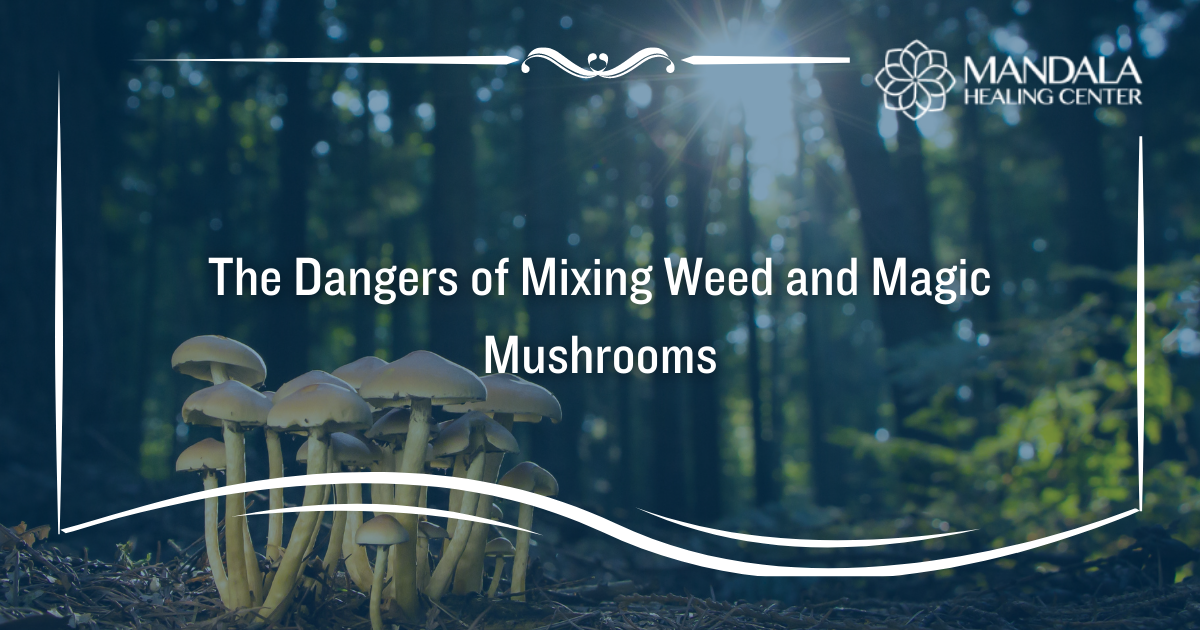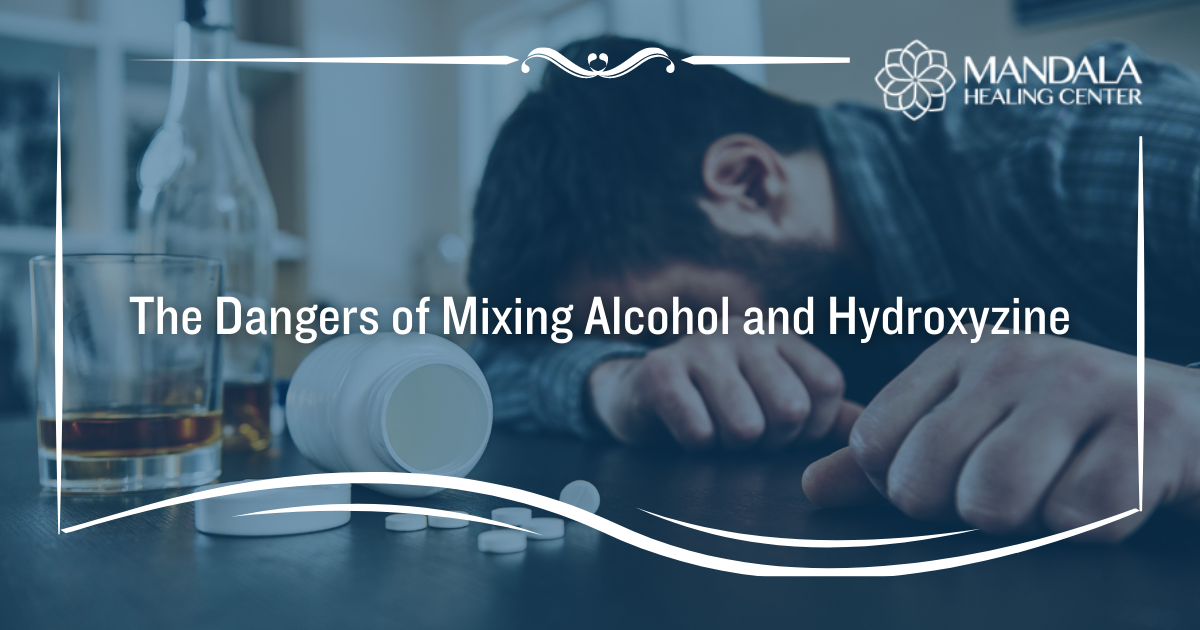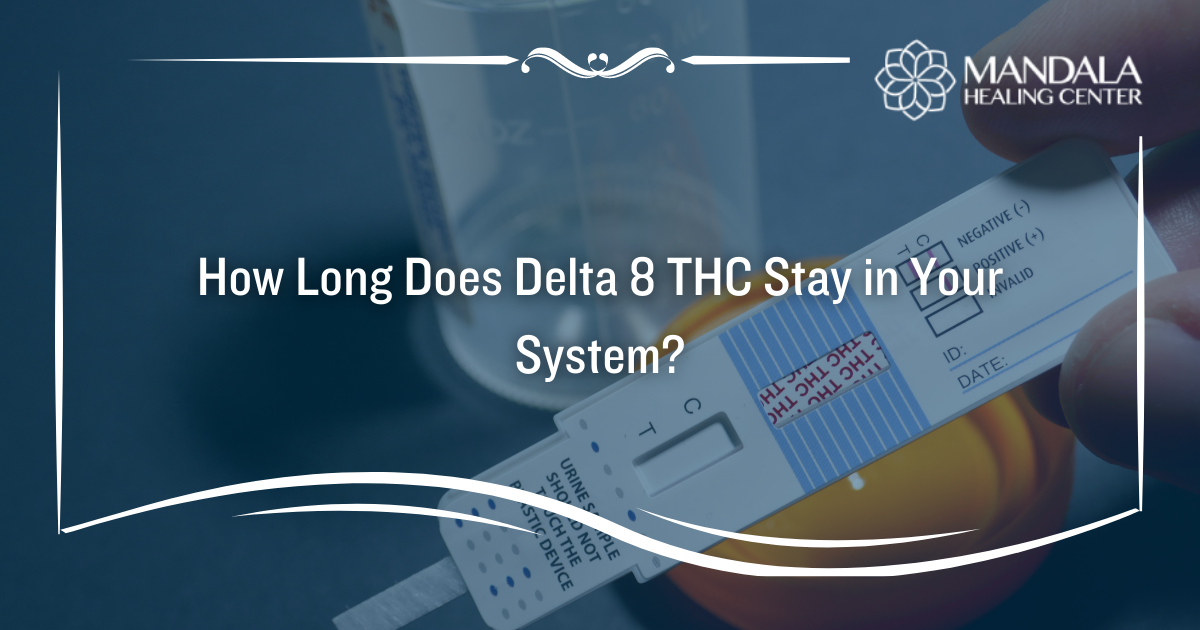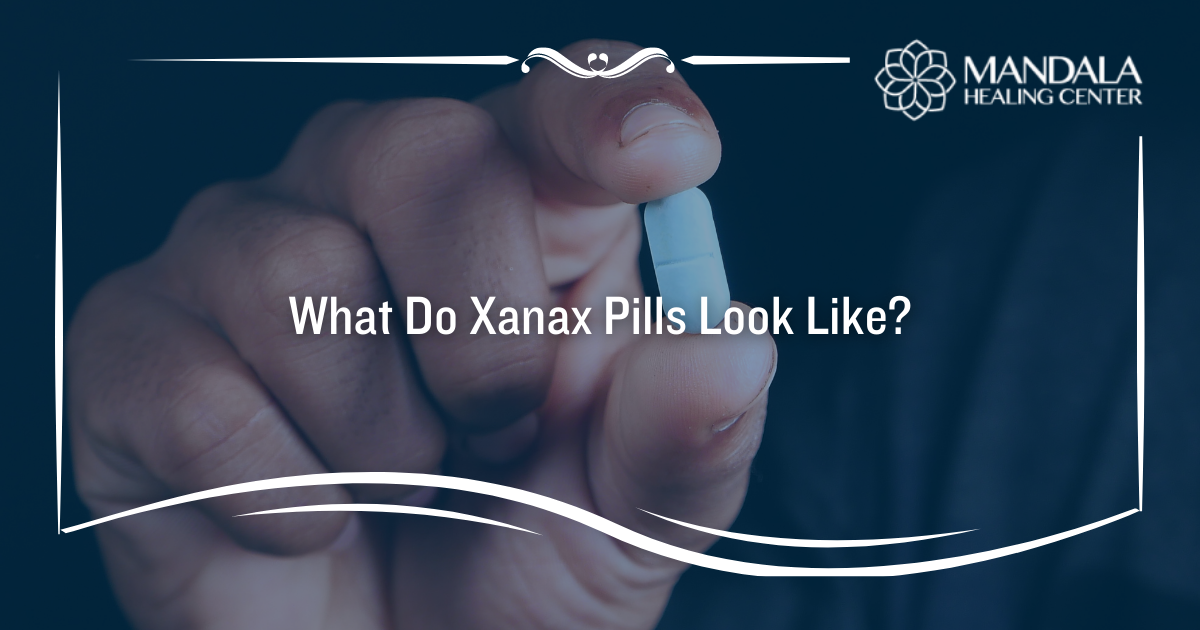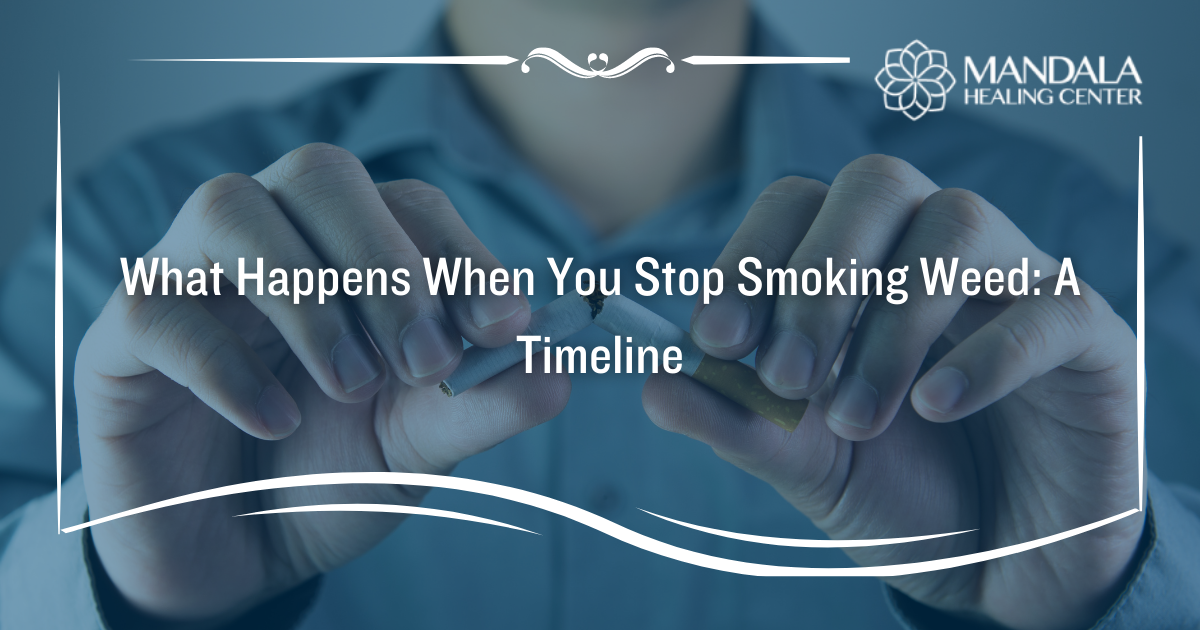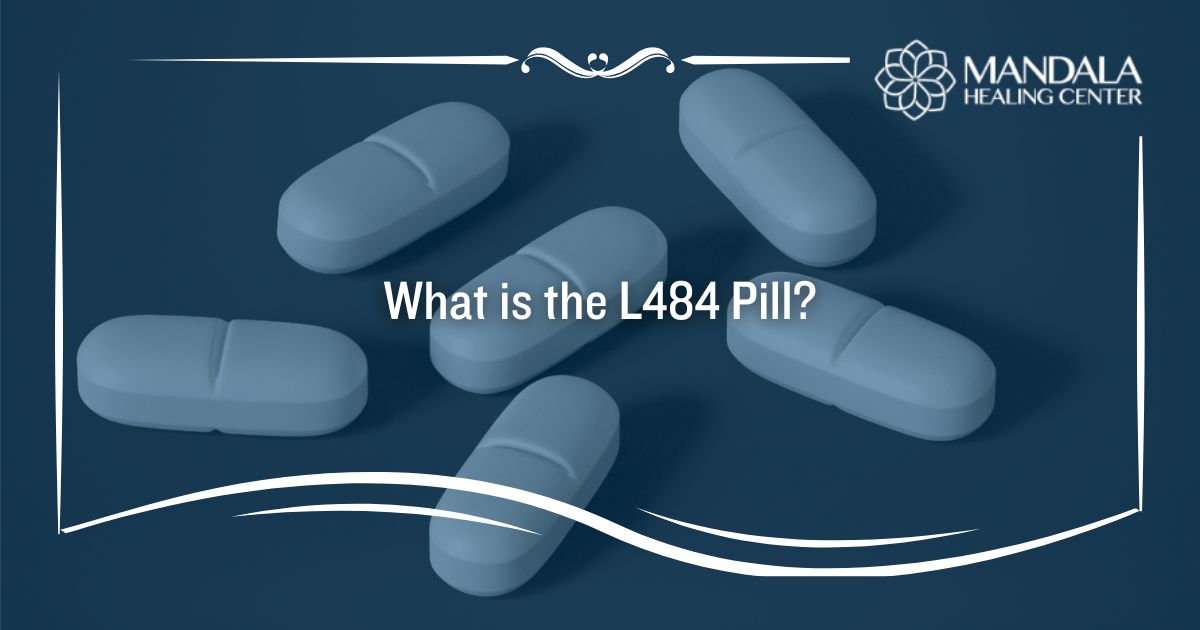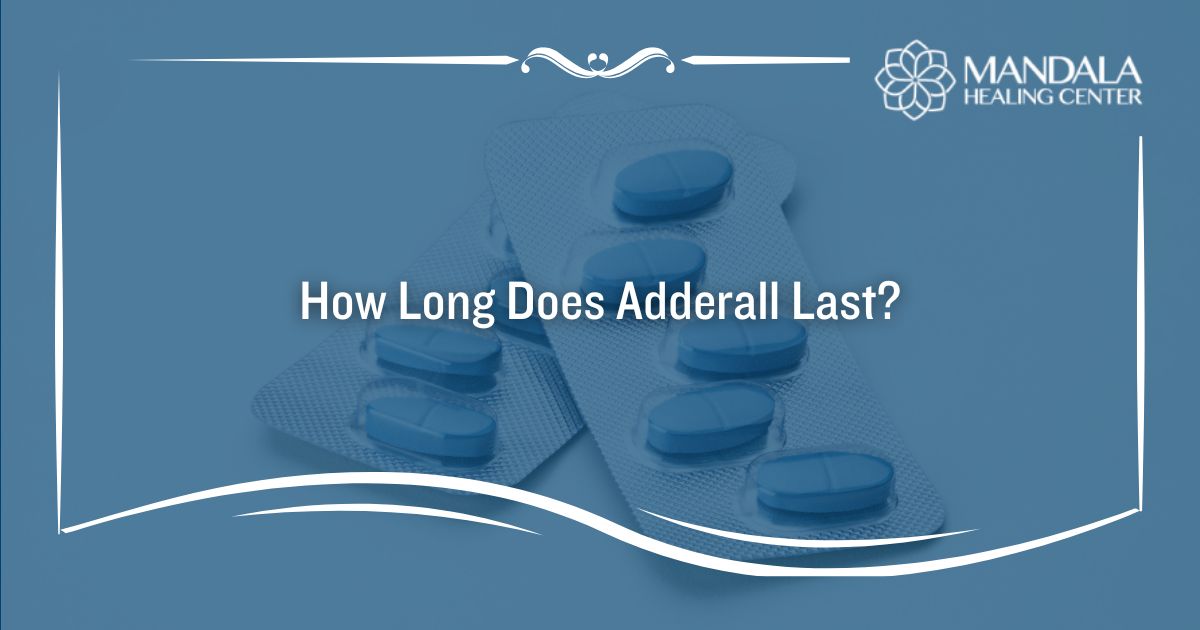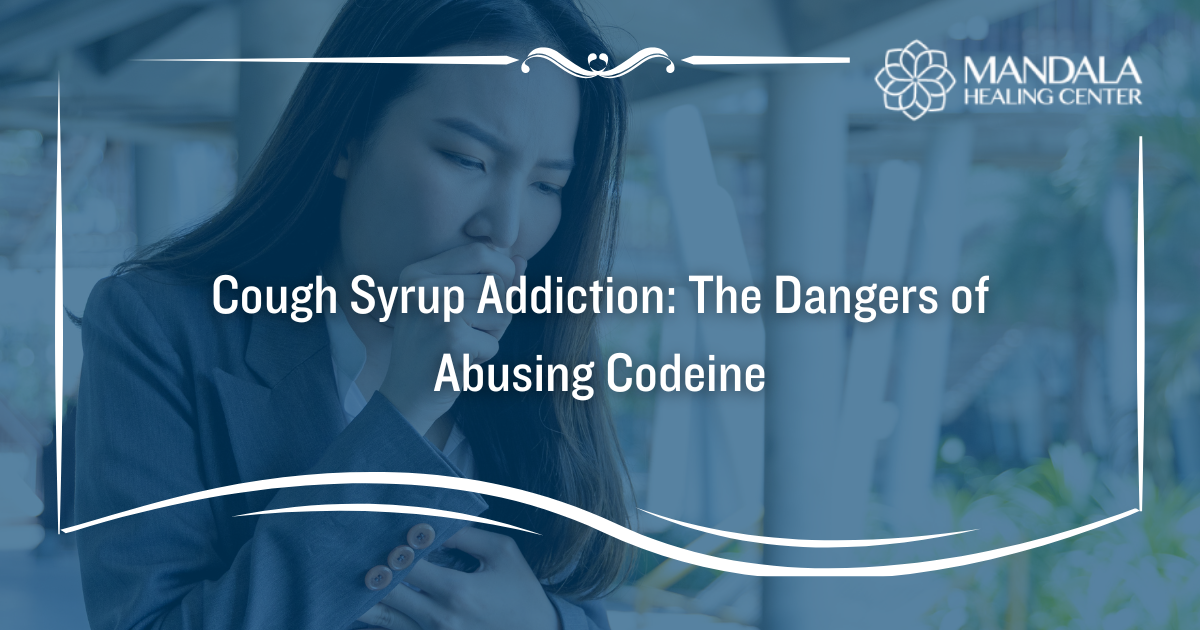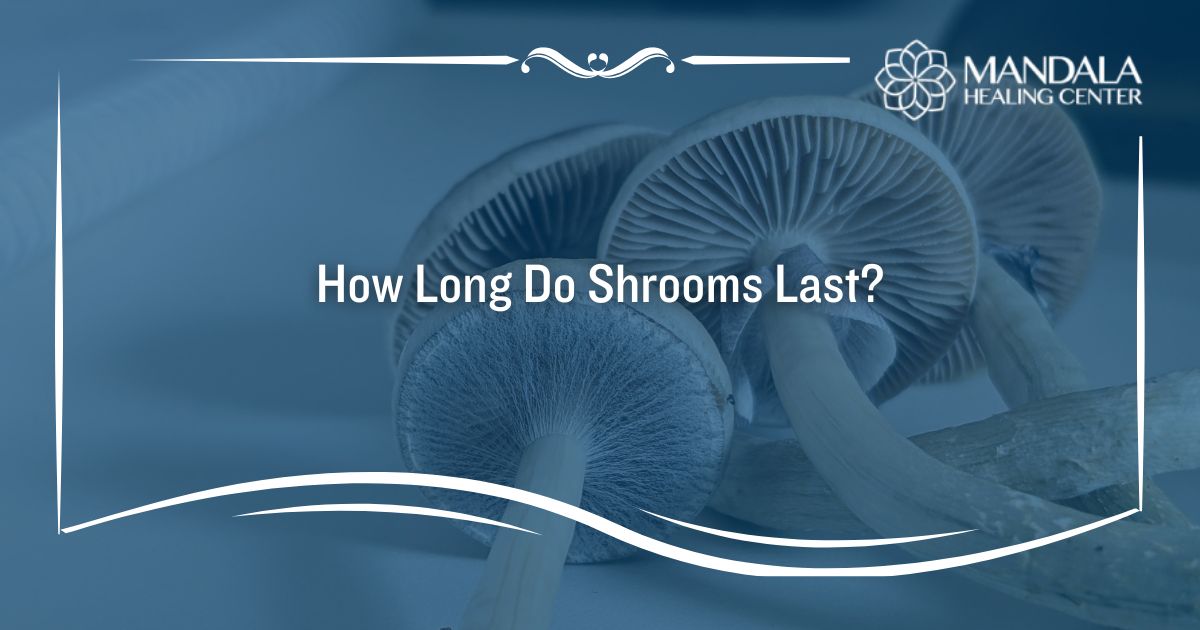Tramadol is a prescription opioid medication that is used to treat moderate pain. Popular brand name formations of the drug include Ultram, Ultram ER, ConZip, and Ryzolt.[1] This drug is one of the least potent opioid medications that has been approved by the FDA and it is relatively new. Although it is considered safer and less addictive than other prescription opioids like oxycodone or hydrocodone, it is still an opioid so it can be habit-forming.
If you or a loved one are struggling with tramadol addiction, an opioid addiction treatment program in West Palm Beach, FL can help. Speak with an admissions coordinator at Mandala Healing Center today to start treatment.
Can You Get Addicted to Tramadol?
Like other opioids, tramadol works by binding to and activating opioid receptors in the brain. When these receptors are activated, pain-killing endorphins are released throughout the body. This can result in pain relief as well as feelings of calmness, euphoria, and relaxation. These side effects can be desirable to many people, causing them to abuse opioid drugs.
Despite how weak tramadol is when compared to other opioids, it is possible to get addicted to tramadol. Anyone who abuses the drug regularly, for long periods of time, or mixes it with other substances to amplify the effects may be at risk for addiction.
Tramadol Side Effects
Tramadol is a Schedule IV substance indicating a low potential for dependence and addiction.[2] However, Xanax is also part of this drug class, and Xanax has proven itself to be very addictive to some individuals. As a result, it’s important to take caution when using tramadol.
Tramadol may cause side effects, including:[3]
- Headache
- Sleepiness
- Constipation
- Sweating
- Dry mouth
- Low energy
In cases of tramadol abuse and addiction, adverse side effects are more common.
Understanding Tramadol Abuse
Because Tramadol is a weaker opioid, drug users may have a false sense of security when using the drug. They may think that because it is weak, it is not addictive, but this couldn’t be further from the truth. Regular tramadol use, either with or without a prescription, can lead to physical and psychological dependence.
Being able to recognize the signs of tramadol abuse can help you identify opioid use in a loved one and encourage them to seek help before their drug abuse progresses into drug addiction.
Common signs and side effects of tramadol abuse include:
- Drowsiness
- Slurred speech
- Pinpoint pupils
- Flushed skin on the face
- Impaired coordination
- Nausea or vomiting
- Doctor shopping — seeing multiple doctors for pain with the goal of obtaining multiple prescriptions
In high doses (typically 400mg or more), tramadol can cause seizures. People who are taking antidepressants and tramadol together may be more vulnerable to seizures.
Signs of Tramadol Addiction
If you have a history of substance abuse and addiction, you may be more likely to get addicted to tramadol. The DEA reports that tramadol is most commonly abused by people who struggle with narcotic addiction, chronic pain patients, and healthcare professionals.[2] However, anyone who abuses the drug or uses it long-term can become addicted. Some of the most common signs of opioid addiction are:
- Mixing tramadol with other substances to potentiate the effects
- Having symptoms of withdrawal when not using the medication
- Experiencing cravings for the drug
- Lying to loved ones about your drug use
- Wanting to quit but feeling like you are unable to do so
- Making multiple failed attempts to stay sober
- Engaging in dangerous, risky, or illegal behaviors
- Spending excess time and resources using the drug and recovering from the effects of it
Avoid tramadol addiction by only taking the medication as directed by your doctor. Also, take the minimum possible dose and don’t mix it with other substances.
Symptoms of Tramadol Withdrawal
Tramadol has lower opioid content than many other opioid-based painkillers, but regular long-term use can still result in physical dependence and addiction. Once dependent on the drug, you may experience symptoms of opioid withdrawal if you stop taking it abruptly. In most cases though, symptoms of withdrawal are not as severe as they are with other opioids.
Common tramadol withdrawal symptoms are:
- Anxiety
- Cravings
- Tremors
- Insomnia
- Cold sweats
- Depression
- Goosebumps
- Flu-like symptoms
While opioid withdrawal is usually not life-threatening, symptoms can become severe and disturbing. If you or a loved one are addicted to tramadol, be sure to seek help from a medical detox facility before stopping the medication.
The Dangers of Tramadol Abuse and Addiction
Tramadol is not only addictive, but it can also be dangerous. Tramadol should never be taken with other opioids. Taking multiple opioids at once can increase the risk of overdose and addiction. Opioid overdose symptoms include:
- Extreme drowsiness
- Loss of consciousness
- Seizures
- Coma
- Respiratory depression
- Low blood pressure
- Sweaty or clammy skin
- Blue-ish colored nails or fingertips
- Pinpoint pupils
- Weak muscles
Using tramadol with alcohol or benzodiazepines may also increase the risk of overdose.
Another dangerous side effect of tramadol abuse is the potential for serotonin syndrome. Serotonin syndrome occurs when too much serotonin builds up in the brain. This is most common in people who take high doses of tramadol and an antidepressant at the same time.
Left untreated, serotonin syndrome can be life-threatening. Symptoms include:[4]
- Agitation
- Confusion
- Jerky or rigid muscles
- Tremors
- Seizures
- Lack of coordination
- Coma
The best way to prevent serotonin syndrome is to avoid mixing tramadol and antidepressants and only taking them as directed by a physician.
Find Help for Tramadol Abuse and Addiction Today
Recovering from tramadol addiction involves detoxing in a medical facility and receiving comprehensive substance abuse treatment. At Mandala Healing Center, we have medical detox and holistic rehab under one roof–so you can get the help you deserve. If you or a loved one are addicted to tramadol or another opioid and are ready to begin your recovery, please contact us today. Our opioid rehab program is here for you.
References:


